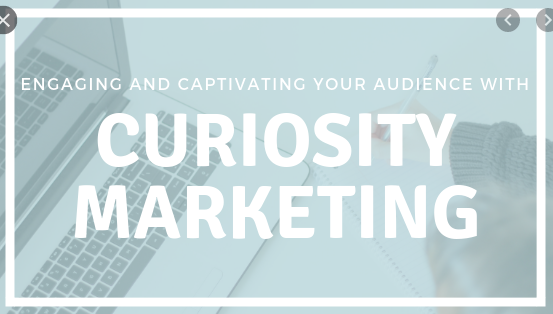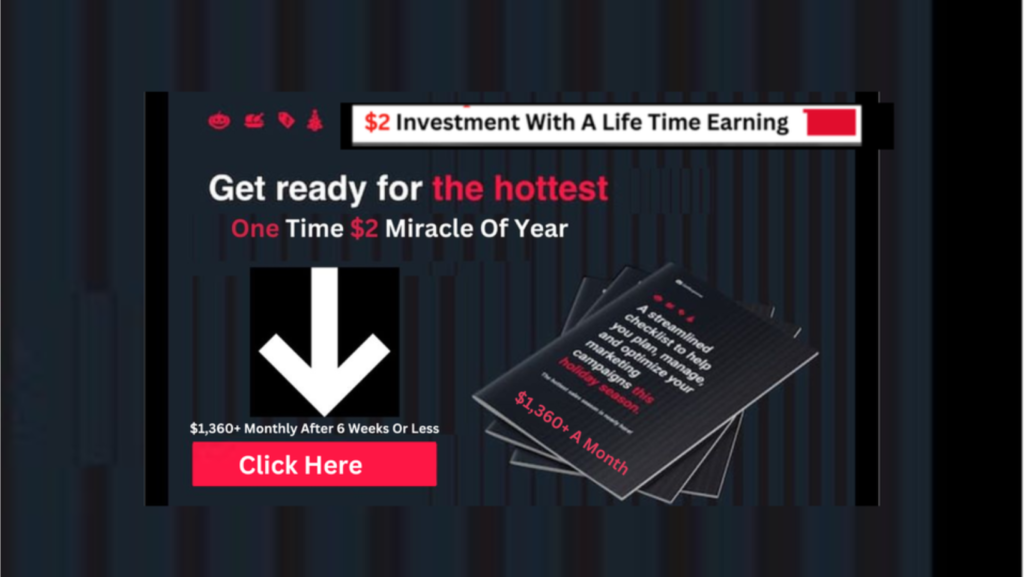
I make no secret in my belief that curiosity is the strongest force in direct marketing. Since people have a natural desire to find out more than what they know, tapping into this trait is one way to increase the effectiveness of your marketing materials.
Whether you’re writing a sales letter, website content or just an e-mail, your headline (or subject line in the case of an e-mail) is arguably the most important factor in determining your prospects’ interest level. After all, as your prospects’ interest grows, so does their desire to satisfy curiosity.
Copywriting legend Joe Sugarman is famous for saying, “The sole purpose of the first sentence in an advertisement is to get you to read the second sentence.” Of course, your prospect needs a reason to get to the first sentence – and that’s why your headline is so important.
The success of supermarket tabloids relies on curiosity-driven headlines. After all, who wouldn’t give at least a glimpse to the following statements?
Woman Delivers Own Baby While Skydiving!
Taco Vendor Turns Tiny Visitors’ Abandoned Spacecraft into an … ALIEN SOMBRERO!
Doctors Successfully Remove Banjo from Alabama Man’s Knee!
Obviously, you don’t want to make claims that are this outrageous, but that doesn’t mean you can’t brainstorm some surprising statements to trigger curiosity. Below are five words – and five time-tested examples – for helping create curiosity in your next headline.
1. How
I recently read an interview with John Caples, who mentioned using the headline How a Bald Barber Saved My Hair to promote a hair tonic. Although the market was saturated with products when he launched the advertisement, he generated a significant amount of sales. One reason why, he said, was because the word “how” tells prospects a story is involved. A compelling story is one way to keep your prospects reading and, ultimately, buying.
2. These
In the early 1900s, Maxwell Sackheim wrote the famous headline Do You Make These Mistakes in English? to promote an English mail-order course. The advertisement was so successful it ran for 40 years without any changes. Notice how the headline poses a question you can’t answer with a simple “yes” or “no.” Because of the word “these,” you must continue reading to find out the mistakes.
3. Why
Read the headline Why Some People Almost Always Make Money in the Stock Market, and you feel like you’re missing out on confidential information successful stock traders already know. What makes this statement credible are the words “some” and “almost.” By demonstrating there’s still risk and not everyone will make money, the headline portrays less hype and more believability.
4. Which
The headline Which of These $2.50 to $5 Best Sellers Do You Want – for Only $1 Each? leaves you wondering what books are for sale and why they are priced at only $1. Unfortunately, I couldn’t find who wrote this headline, but the pricing leads me to believe the offer is from many years ago. In addition to curiosity, this headline targets your prospects’ desire for bargains.
5. What
When the copywriters at Bottom Line/Personal created a headline to help attract magazine subscribers, they used a subject that anyone who travels knows well: airline food. What Never … Ever to Eat on an Airplane! will keep you curious for a long time – unless you become a subscriber and find out the answer. Also, with this headline, you feel like you’re getting access to rare information as a subscriber, which is perceived as being more valuable.
An additional benefit …
When you write headlines similar to the samples above, prospects are more likely to view you as someone who provides information that solves their problems. As a result, they’ll feel less pressure and your credibility increases – two factors that go along way in generating more sales.
The Magical Attraction Marketing Secrets Course



